Bài Viết
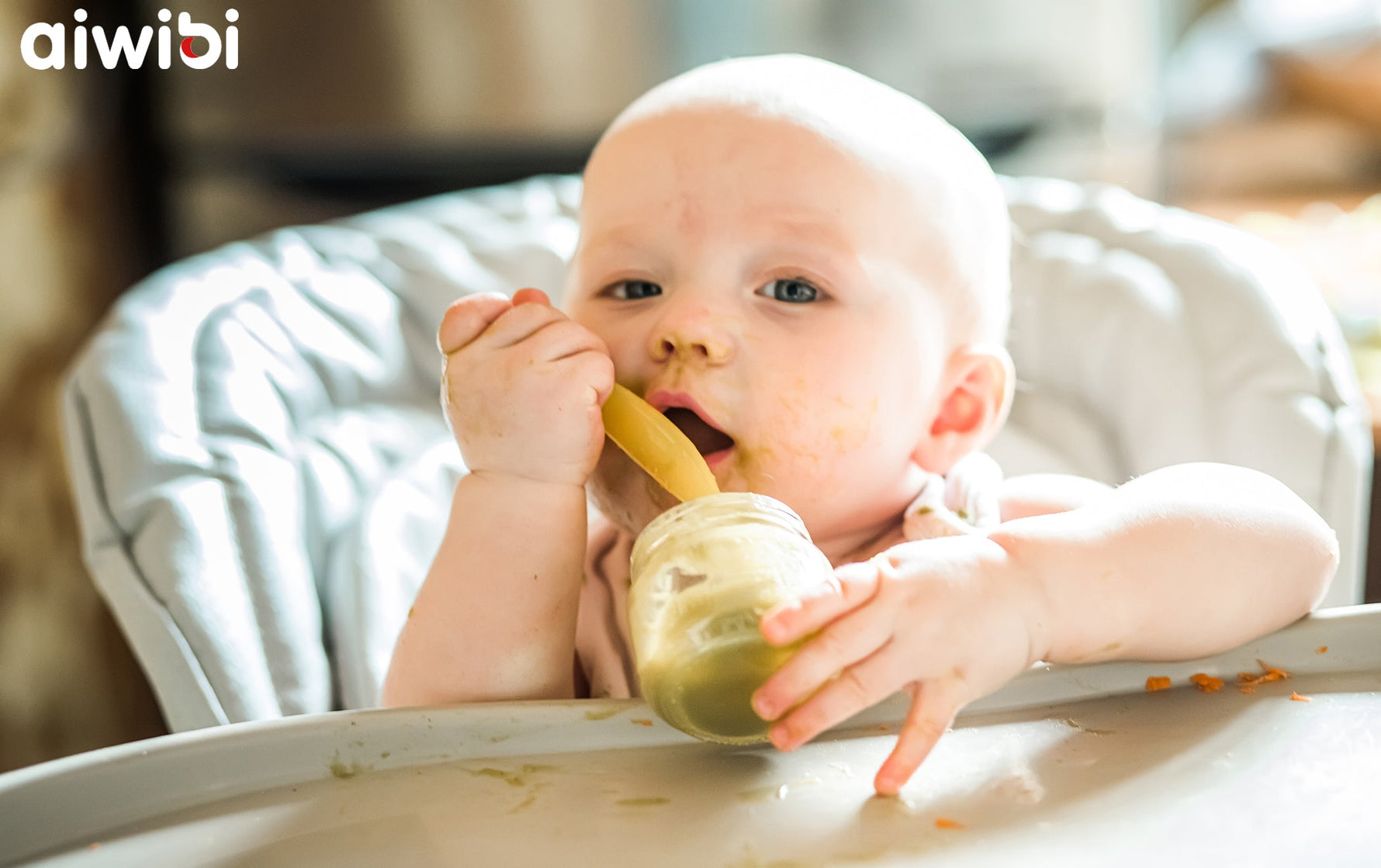
Many mothers believe that the finer the complementary foods, the easier it is for the baby to digest, and it is also good for the digestive ability to improve. But this is not the case.
First of all, it is not conducive to the improvement of digestive ability.
The particle size of complementary food should be added from fine to coarse according to the age of the month, juice → paste → minced → lumps. Too fine food can not exercise the baby's gastrointestinal tract digestive ability, long-term eating too fine food baby easy to constipation.
Secondly, it is not conducive to the exercise of chewing ability.
Some babies start eating crumbly food only when they are 1 year old, but once they eat such food, they dry vomit and refuse to eat. Because the early complementary food is too delicate, chewing ability is poor, and swallowing is also affected.
And finally, it is not good for language development.
Other babies are able to say short sentences, why not your own child? Think about whether your own complementary food has been made very fine. When babies chew, they can promote the development of the oral sphincter. The development of the oral sphincter will affect the baby's language development. The more developed the sphincter is, the more accurate the baby's pronunciation will be, and the earlier he or she will be able to clearly express his or her wishes in language.

The baby's body bones are not well-developed and are soft when he or she is 3 months old. This is the first critical period in the development of an infant's spine. Some incorrect holding positions, such as allowing the baby to stand, sit, or hold vertically, can harm the baby's spine. At this stage, the baby should only be held lying down; if you must hold it, do so horizontally and use your arms carefully to protect the baby's neck, back, and waist.
At 6 months old, the baby's spine is already well-developed, ushering in the second critical period of spinal development. Although the baby can already sit independently, the time should be controlled, and parents should respect the child's rhythm by not forcing correcting the sitting posture or allowing the baby to sit for too long, which can lead to thoracic lordosis and, in severe cases, hunchback, which will greatly reduce the child's image once formed.
At around one year of age, infants enter the learning-to-walk stage, which is the third critical period of spinal development in children. This does not imply that the spine is fully formed. By the age of six or seven, the spine should be fully formed. At this age, do not force your child to learn to walk, and do not use a baby walker, which can cause leg deformities such as X-shaped legs, O-shaped legs, and so on.
In everyday life, there are imperceptible behaviors that can lead to scoliosis in infants. Please stay away from the following.
1. Always change baby diapers/pants in the proper position.
Baby Pants:
Open the baby pants with both hands to cover the baby's calves, and then pull upward, along the root of the thighs, to straighten out both sides of the leak-proof partition edge.
Baby Diapers:
① Lie your baby on his or her side and unfold the diaper so that the absorbent layer is facing up.
② Hold the baby's waist and slowly turn him/her to lie flat.
③ Pull the front piece of the diaper over the baby's abdomen, stick the Magic Tape to the top surface of the diaper, and then adjust the diaper to fit the baby's body.
2. The proper pillow selection should not be too high.
3. Select the appropriate mattress softness; the baby's spine is still developing, so a better support mattress is required.
4. The use of a baby sitting chair to help babies learn to sit is also important for spine health.
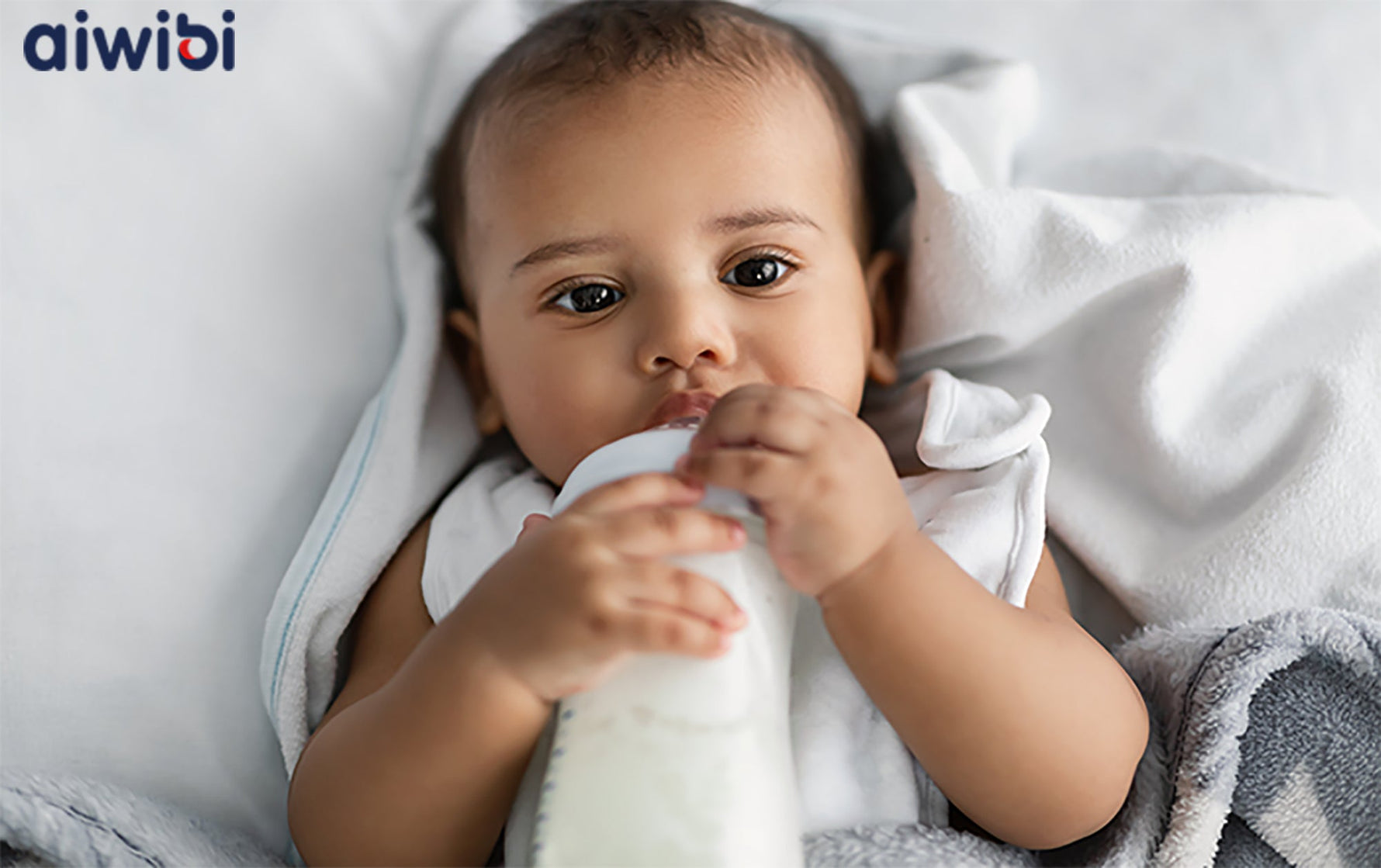
The protein molecular structure of milk powder is larger than breast milk, forming milk clots that are not well absorbed. High calcium formula is difficult to absorb completely due to calcium, and calcium soap is easily formed. Natural digestive enzymes and oligosaccharides are not as good as breast milk. These are all reasons why formula-fed babies are more likely to be constipated than breast-fed babies.
When choosing a formula, you can choose a formula that is rich in probiotics, oligofructose, oligogalactose and other nutrients that can prevent constipation.
The causes of constipation in babies are also diverse. How to prevent and improve?
Incorrect way of brewing milk powder: Too thick or too thin can cause constipation. Just refer to the instructions for brewing.
Irrational diet structure: Babies who should add complementary foods have insufficient dietary fiber intake and an overly refined diet.
Insufficient water intake: After 6 months, babies should drink 300-500ml of water per day, and after a year, babies can drink 800-1000ml per day.
Insufficient exercise: Intestinal peristalsis slows down and stools are not pushed out enough, leading to constipation.
Mental factors: Children who often cry, or are often accustomed to being scared and intimidated to coax the baby, are prone to constipation.
Insufficient fat intake: Some parents are afraid that their babies will have indigestion and do not give them food with oil. In fact, the lack of fat can also lead to constipation. When the baby can eat supplementary food, do not always eat plain-boiled vegetables; vegetables can have some vegetable oil added.

The baby is drinking powdered milk. Diarrhea does not preclude the cause of milk powder, but it is also not always the cause of milk powder; parents must determine the cause of the baby's diarrhea in order to treat the symptoms. Here we look at the causes of diarrhea in babies who drink milk powder.
1. The bottle is filthy
Because the baby's intestinal function and resistance are still developing, it is easy to cause diarrhea in the baby's intestinal tract infection if the bottle cleaning and disinfection work is not done. As a result, the baby's bottle must be cleaned and disinfected promptly after use.
2. The temperature of the brewing milk powder water is incorrect
Because different brands of milk powder require different brewing temperatures due to different manufacturing processes, parents must brew according to the temperature specified in the milk powder instructions. The water temperature is too high to denature the protein content in the milk powder, while it is too low to contain bacteria, affecting the baby's intestinal health.
3. The milk powder concentration is incorrect
Different brands of milk powder have different requirements, just like water temperature, and parents should follow the proportions indicated on the package to brew. If the milk is too thick or too thin, it will upset the baby's stomach and cause diarrhea. As a result, parents cannot simply do whatever they want with the formula.
4. Allergy to milk protein
Because the baby's immune system is still developing, a milk protein allergy may develop after the addition of formula milk.
5. Intolerance to lactose
If the baby's body lactase is insufficient, the lactose in the formula intake will not be fully decomposed in the small intestine, and this lactose will enter the large intestine via colonic flora fermentation, resulting in a lot of acid and gas, and the baby will experience symptoms such as abdominal distension and diarrhea.
If your baby is determined to be lactose intolerant or allergic to milk protein, it is necessary to switch to hydrolyzed milk powder or lactose-free milk powder, so parents should make a good identification and not change milk powder for their baby blindly.
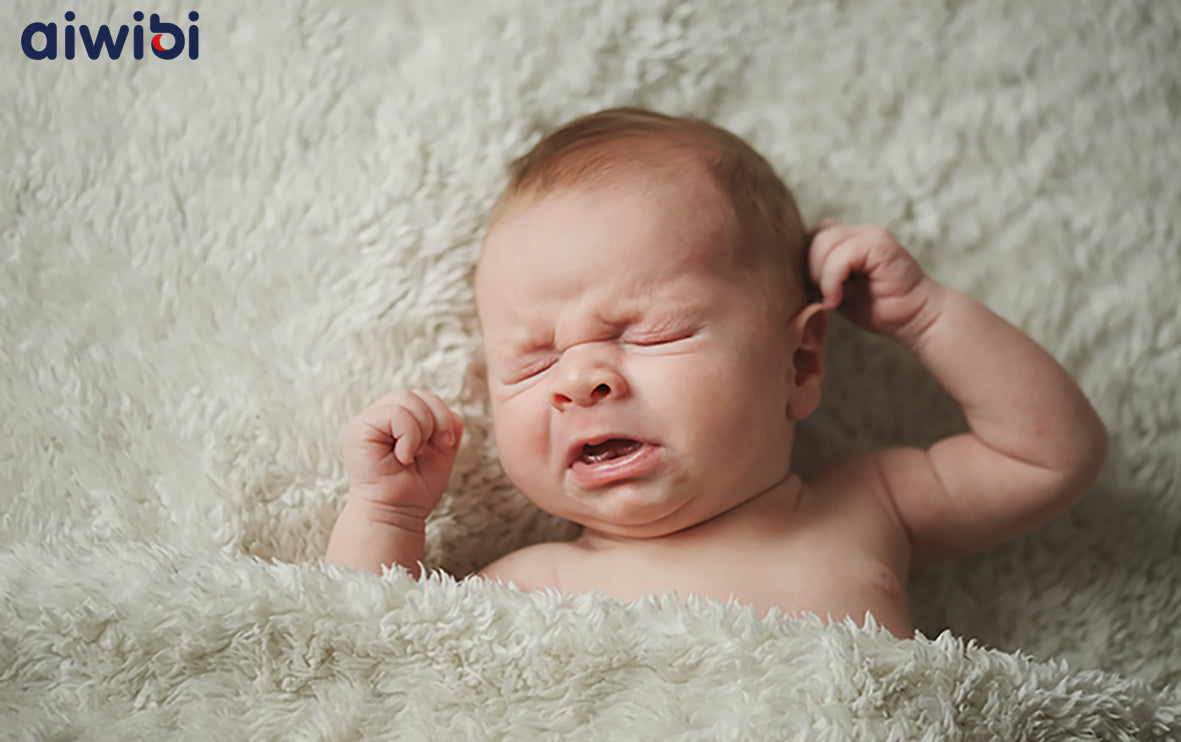
1. Genetic influences
Clinical evidence shows that babies born to allergic parents have significantly higher allergy rates than other babies. How do you know if your baby is likely to be born with allergies? Family Allergy Score (FAS) and Total Immunoglobulin E (U C-IgE) of newborn cord blood are two measures developed by modern medicine. Both of them can successfully predict up to 80% of babies' allergy rates, allowing parents to implement early allergy prevention for babies at high risk.
2. Body growth
Allergens can easily enter the bloodstream through the intestine and cause allergic reactions in babies at a young age due to the immune system's incomplete development and the immaturity of the intestinal barrier. This situation will gradually improve as the baby grows older and his or her immune system develops.
3. Mode of delivery
The mother's delivery method also has some allergenic effects on the child. Babies born via normal delivery have a much lower allergy rate than babies born via cesarean section. This is because babies born via cesarean section receive some "Beneficial" flora via the mother's birth canal. It has been clinically shown that the rate of allergy will increase by 23% in cesareans with no family history of allergies and by three times in cesareans with a family history of allergies!
4. Living Conditions
As modern urban living spaces become increasingly narrow and confined, airflow in the room suffers, making allergen breeding more likely. Some families who keep pet dogs and cats fail to clean up the dander on time, which can cause allergies in babies. Furthermore, dust accumulation on furniture and home furnishings, as well as mites on bedding and plush toys, can cause allergies in babies.
5. Method of feeding
Some babies are allergic to milk proteins and lactose, making breastfeeding or regular formula feeding impossible. If the parents are unaware of this and continue to feed the baby unsuitable foods, the baby will develop an allergy or worsen an existing allergy.

1. Taking in too much air while drinking milk
For example, a baby with poor breastfeeding (not holding most of the mother's areola). Or a bottle-fed baby using a pacifier with a hole that is too large. Or improper tilting of the bottle can lead to air in the pacifier, thus causing the baby to swallow too much air.
2. Eating a lot of gas-producing foods
Gas can be produced by any food that is digested and fermented in the intestine. If a nursing mother or baby consumes foods that produce more gas, such as cabbage, onions, broccoli, and some starchy foods (potatoes, noodles, etc.), milk and milk products, high-fiber foods (fruits, vegetables, etc.), soft drinks, carbonated beverages, and so on, they are more likely to experience flatulence.
3. Poor nutrient digestion and absorption
If your baby has poor digestion and absorption of certain nutrients, such as fat, carbohydrates (typically lactose), protein, or other nutrients, the "ingredients" that are not digested and absorbed will be degraded and fermented by bacteria in the colon, resulting in the production of various gases and flatulence.
4. Less gas discharge
Gas discharge can be hampered by intestinal issues such as constipation and intestinal obstruction.
5. External air pressure variation
Air pressure fluctuates throughout the day, and these fluctuations can cause "intestinal flatulence" in babies. When the air pressure outside the baby's intestines is lower than the air pressure inside, the gas in the intestines "expands," resulting in flatulence.
6. Other uncommon causes
Flatulence in babies can also be caused by infectious enteritis, irritable bowel syndrome (rare in infants), small intestine bacterial overgrowth, short bowel syndrome (usually surgically removed), and other conditions.
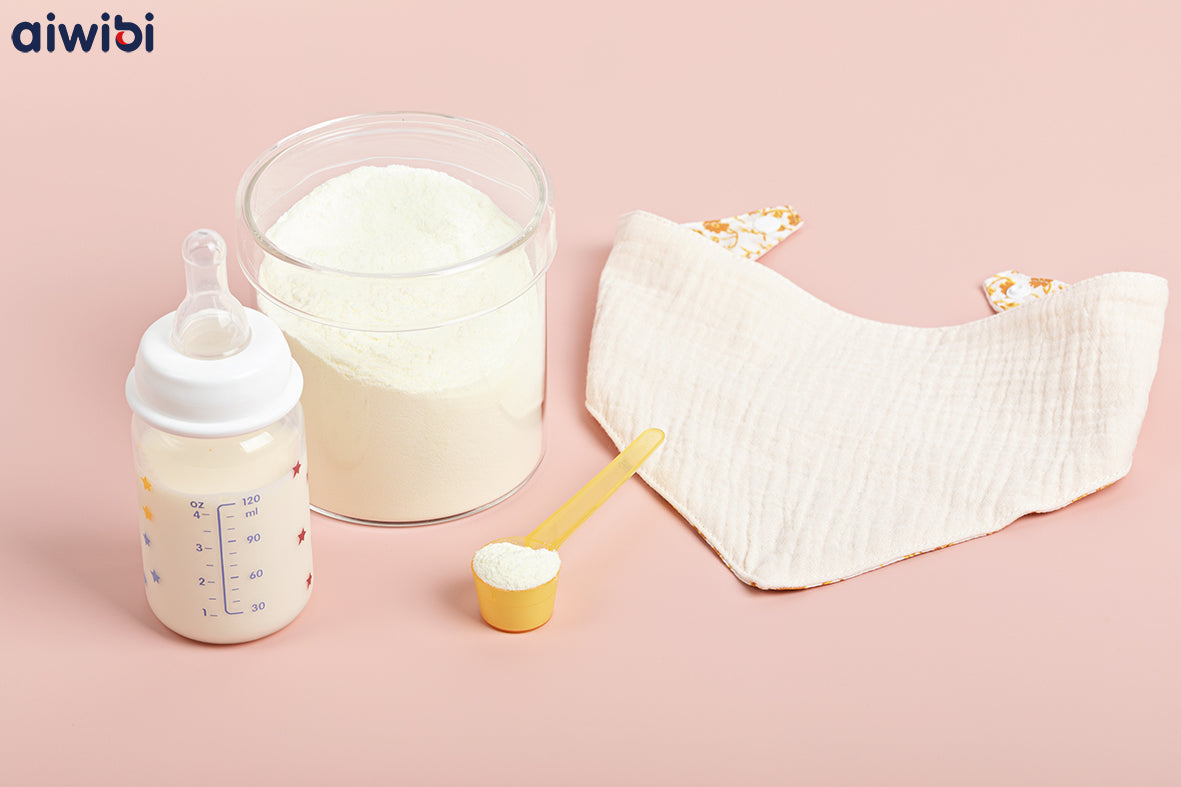
Lactose intolerance is classified into three types: primary, congenital, and secondary, with primary being the most common.
Primary: The immature intestinal mucosa of newborns, particularly premature babies, and low lactase activity, resulting in poor lactose digestion and absorption.
Congenital: It is the result of autosomal invisible inheritance. These babies are relatively uncommon because they are born with low lactase levels and will have no future dietary exposure to lactose.
Secondary: It is more common in newborns and is caused primarily by an intestinal injury that results in lactase deficiency, such as infectious diarrhea. Lactase activity rises as the disease improves.
What should I do if my baby suffers from lactose intolerance?
If your baby is lactose intolerant at birth, it is best to start with the maltodextrin-based lactose-free formula for babies and gradually transition to milk at around 1 month, starting with 1 scoop or 0.5 scoops to avoid further damage to the baby's gut from excessive lactose consumption. (Note: one scoop is about 4.5g for 30ml of water with one scoop of milk powder)
If the baby is suffering from lactose intolerance caused by infectious viruses, it is recommended that the baby's mother use lactose-free special medical formula while actively treating the baby's disease, consider transferring the milk after 2 weeks, and continue to monitor the baby's symptoms to adjust the transfer progress.
During infancy and early childhood, babies with congenital lactose intolerance who cannot consume breast milk or any food containing lactose can only consume lactose-free special medical formula.
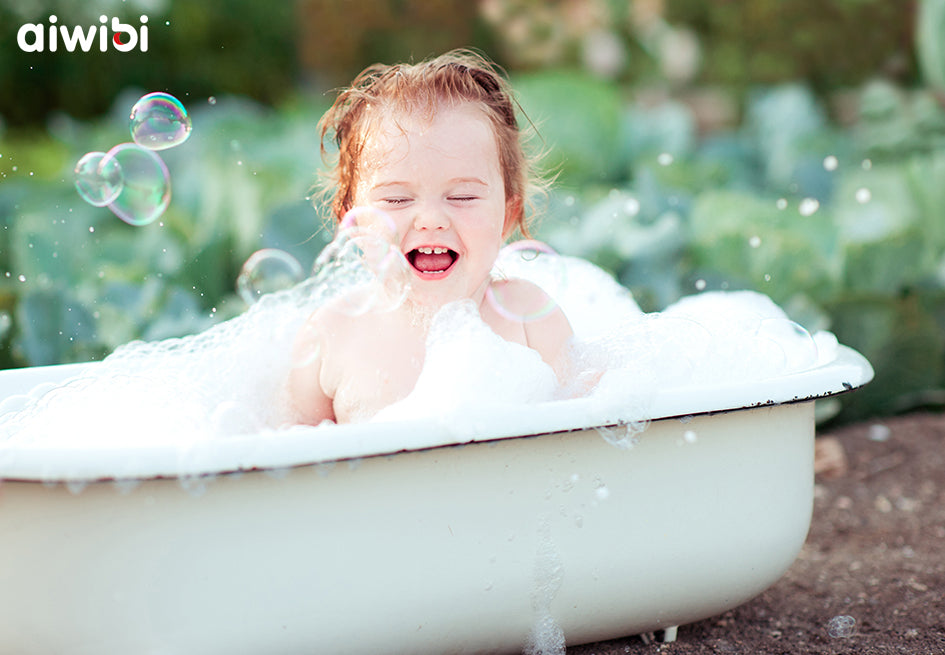
Because the baby's body resistance is weak at this age, the baby bath requires more patience from parents, and the following points should be noted.
Time to suit: Give your baby a bath between 12:00-15:00, when it is the warmest of the day. Winter baths for babies should be brief, with the child soaking in the water for no more than 10-15 minutes. Because of the excessive soaking time, the skin is prone to dehydration, which aggravates dry skin.
Water temperature requirements: The temperature of the baby bath water should be between 37 and 40 degrees Celsius. To measure the temperature more accurately, fill the bath with cold water first, then with hot water.
Wash the baby's head and body separately: when washing hair, pay attention to the baby's body warmth, can first not take off underwear, or wrap the body with a large towel, after washing the head the baby wrapped in a towel and then wash the body, so the baby does not get cold easily.
After washing, quickly wrap the baby's entire body in a large bath towel to absorb moisture. If possible, place the towel on an electric heater to warm it up so the baby feels safer and more comfortable, and then assist the baby in putting on warm clothes baked ahead of time to avoid getting cold.

When it comes to Christmas, everyone's mind must go to the image of Santa Claus riding a sleigh in a red coat, delivering presents to every little child to the sound of Christmas bells. "It's not like Christmas," northern hemisphere visitors say when they visit Australia in December. In fact, unlike in the northern hemisphere, Christmas is celebrated in the winter. Australia has its own unique Christmas customs at the start of summer.
Sing along with carols by candlelight
Carols by Candlelight is a popular Australian tradition. Most Australian cities, schools, and communities hold candlelight carol services, with local orchestras and choirs assisting in the performance of carols. Well-known Australian singers will occasionally perform and sing carols, which are broadcast nationally on television. People of all ages congregate in the parks because of the upbeat atmosphere. People sway and sing along to the rhythm of the singers and instruments while sitting on picnic mats with food and candles in their hands. The show's proceeds are usually donated to charity.
The Adelaide Christmas Parade should not be missed
The nearly 100-year-old Adelaide Christmas parade, which began in 1933 and is one of the world's largest parades, marking the arrival of Christmas and welcoming Santa Claus to Australia. A crowd of people will gather on both sides of the road to greet the various themed performances and comical street performers, sending the city into a Christmas frenzy.
We imagine Santa entering the room from the balcony
When Santa arrives in his sleigh and sees green grass and hot temperatures, it must be a nightmare for him. When he tried to enter the room through the chimney and discovered that no one in their house had a chimney, he must have become frantic. As a result, we prefer that Santa Claus enter the room from the balcony to deliver presents.
Santa will be served beer in Australia
Santa will not find Christmas pudding, cookies, or roast turkey when he finally enters a room without a chimney. He'll find a seafood barbecue and cold beer from Australia, non-alcoholic of course, because he needs to get to the next house to deliver Christmas presents. Don't be surprised yet, although it may seem strange, this is something that Australians will do.
Reindeer are treated well in Australia
When Santa arrives in Australia, he changes into less hot clothes and sometimes rests the reindeer before continuing his journey with the assistance of a kangaroo. Children also leave carrots for Santa's reindeer, cake for Santa, and small cookies in Christmas stockings to thank Santa for coming to deliver gifts.

